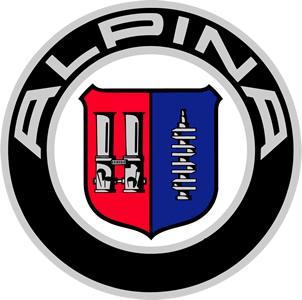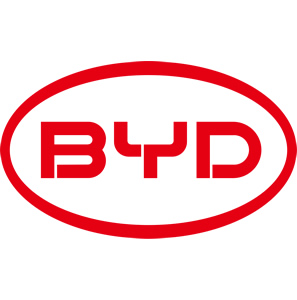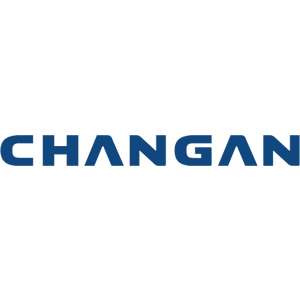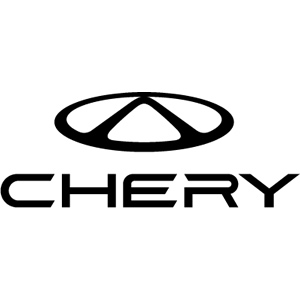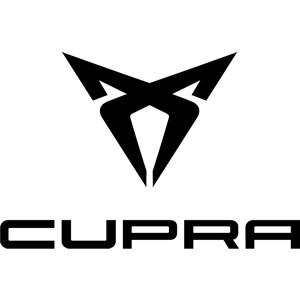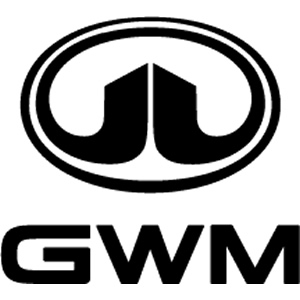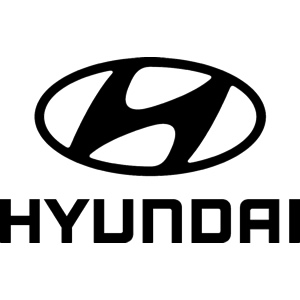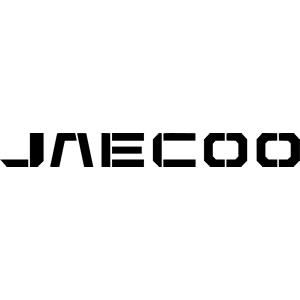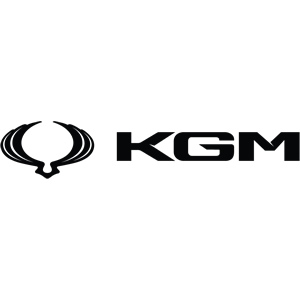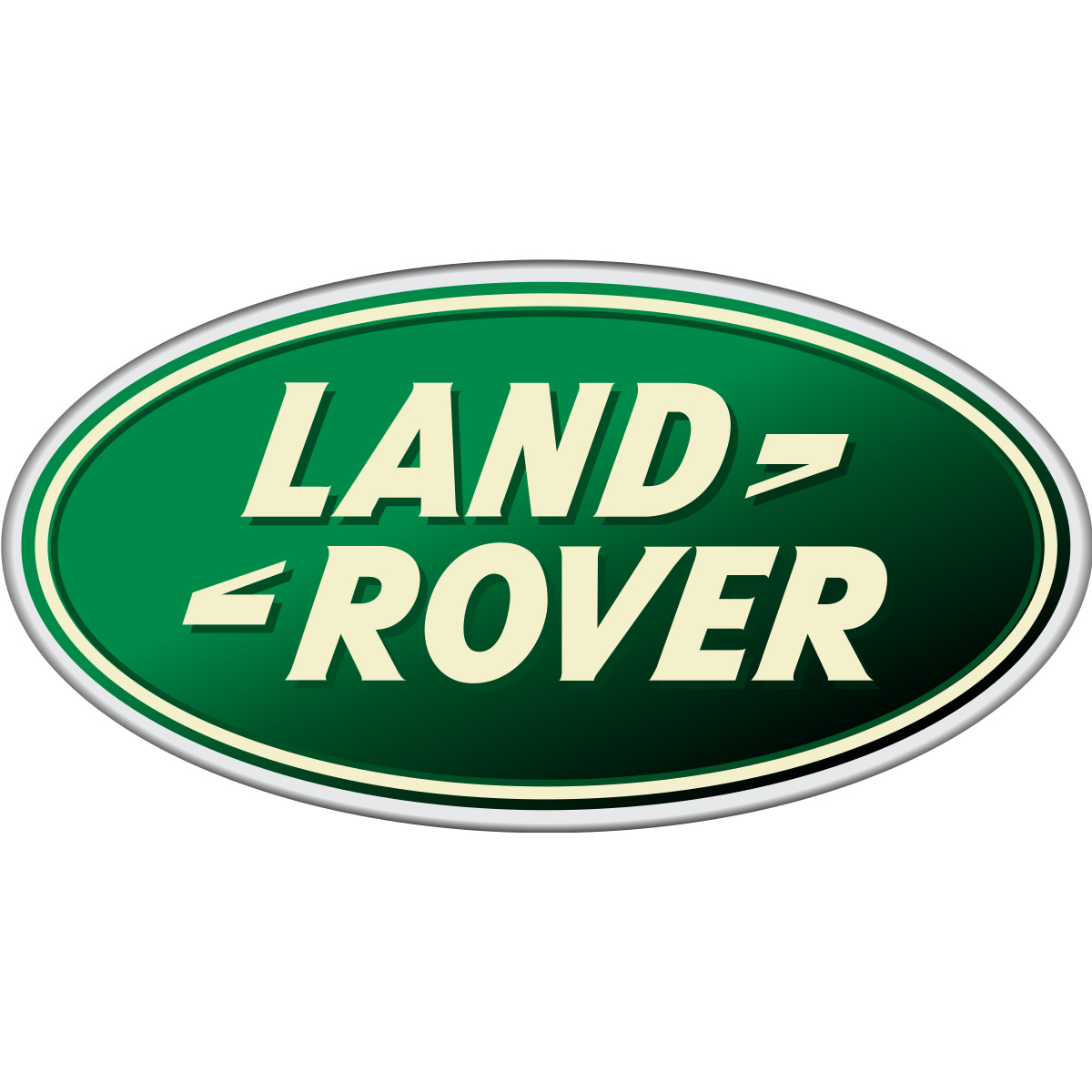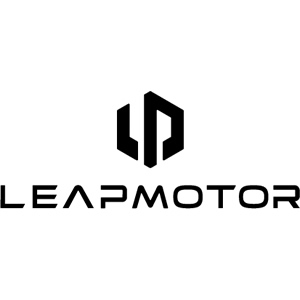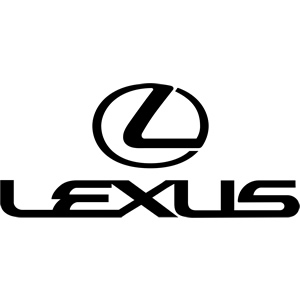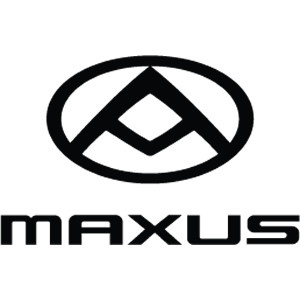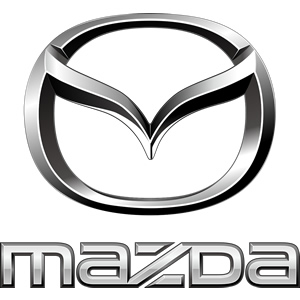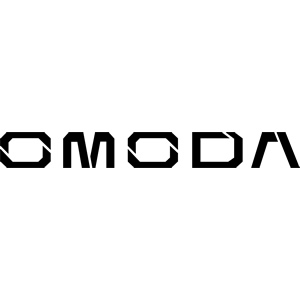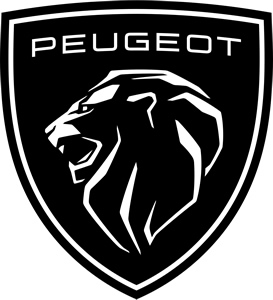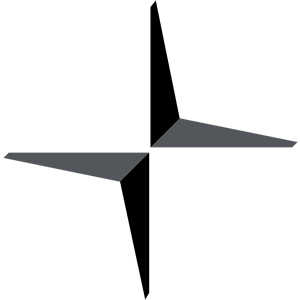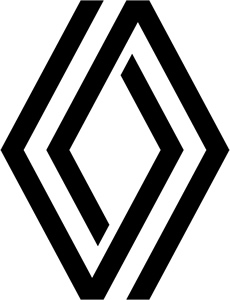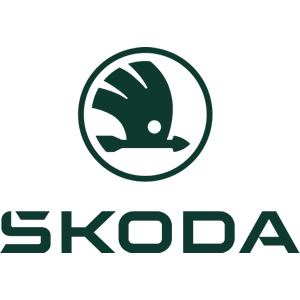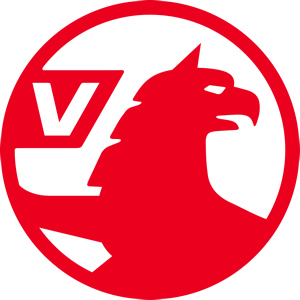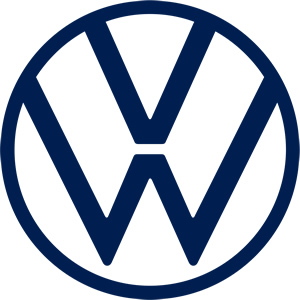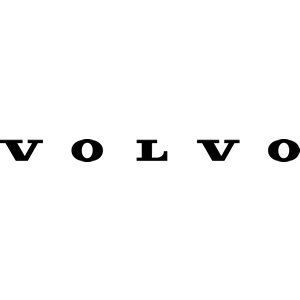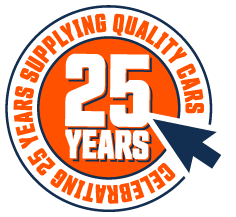New Volkswagen Cars
Volkswagen PCP QuoteBuy new Volkswagen Cars, at cheap prices, from UK franchised VW dealers
A Brief History of Volkswagen Cars
VW is the result of German car designer Ferdinand Porsche had been working on various car designs when in 1933 Hitler demanded Porsche being asked to revise his 1931 car design and make it accessible to the working class German, pre-WWII. Although Porsche had many misgivings when he saw the first design brief, he decided he would take on the project as it was such a challenge. Charged with designing a car that could carry two adults and three children, achieve a top speed of 60 mpg, return at least 33 miles per gallon and all for one thousand Reich marks (around the price of a motorcycle at the time), there is no wonder Porsche had his doubts.
Due to the tight timelines that had been imposed on Porsche, the project, named the Type 60, used many of the components from Porsche's earlier 1931 NSU design, this included the rear mounted air-cooled flat-four engine and the distinctive shape. Two years after being given the brief, the first prototypes were being tested on the Autobahns and included both saloon and convertible derivatives.
These prototypes known as the Kdf-Wagen, were handed to Erwin Komenda, a colleague of Porsche's, to develop further. Komenda's previous position had been Chief Engineer with Daimler-Benz, where his duties had covered taking prototypes and improving their performance by reducing the weight and the use of streamlining. After a period of time in the wind tunnel, Komenda developed the body shape of the prototype into what is now instantly recognisable as the Volkswagen Beetle.
A purpose built factory and town for the workforce (KdF-Stadt), were constructed to manufacture the new car, but in the same month as production began war was declared and production was switched to military vehicles.
With the end of the war Kdf-Stadt fell into the hands of first the Americans, then the british. Heavily bombed, the british officer in charge, Major Ivan Hirst at first decided to use the plant for repairing their own military vehicles, the longer term plan was to salvage all the equipment as war reperations. However, with a shortage of light transportation Major Hirst painted one of the factory's cars green and demostrated it to his HQ, following this demonstration an order was placed for 20,000 vehicles, the first of which were supplied to personnel of the occupying forces (some of which made there way back to the UK when the soldiers were demobbed) and the German Post Office.
Production had increased to 1,000 units per month by 1946 and the name of both the factory and the town was changed, the factory to Volkswagen (the People's car) and the town to Wolfsburg. Amazingly Volkswagen was offered to all the major motor manufacturers of the time, American, British and French manufacturers all turned down Volkswagen saying it would fail within two years, Ford showed minor interest until Henry Ford II looked at where Wolfsburg was on the map and dismissed the idea out of hand.
Heinrich Nordhoff, a man with extensive Knowledge of both civillian and military vehicle production was recruited in 1948 to run the Volkswagen factory and in 1949 Volkswagen became a trust run by the West German government and Major Hirst left the company. Over the next few years Volkswagen went on to become a symbol of regeneration for the whole of Germany.
Although sales of the Beetle worldwide began extremely cautiously, with clever marketing and advertising campaigns sales increased steadily and by 1955 one million Beetle's had been sold. Other models were added but none had the mass appeal of the Beetle and by the late sixties Volkswagen was beginning to struggle, the solution to their problems lay in the 1964 acquisition of Audi, who had expertise in water cooled engines and front wheel drive technology. Could a successor to the Beetle lay in this new technology? Definitely.
1973 saw the launch of the Passat (a year that saw the sixteenth million Beetle produced), 74 the Golf and 75 the Polo. The Polo was simply a rebadged Audi 50, the Passat a rebadged Audi 80, the Golf however was different, designed by the Italian Giorgetto Giugiaro, the Volkswagen Golf would become just as important to VW as had the Beetle. Although Volkswagen have added many vehicles to their range over the years the Golf has always been the mainstay of Volkswagen's production from its release right up to the present day.
Since the acquisition of Audi in 1964, Volkswagen has continued to expand its range of marques, NSU was brought into the Volkswagen fold in 1969, Seat became wholly owned by Volkswagen in 1987 with Skoda following in 1991, Bentley, Bugatti and Lamborghini all came under the Volkswagen wing in 1998.
So what of the car that started all this? On the 30th July, 2003 the final Beetle was produced in Puebla, Mexico. Twenty one million, five hundred and twenty nine thousand, four hundred and sixty four Beetles had been produced since its inception, a record that will surely never be beaten.
The old Beetle may have been consigned to the history books, but by now the car had achieved cult status, movie appearances, especially the Herbie films, have introduced different generations to the Beetle and with this knowledge Volkswagen had been working on a replacement for the Beetle, the new Volkswagen Beetle. Although the similarities end with the name and the look, the new Beetle has taken the people's car into the 21st century. Based on the Volkswagen Golf running gear, with a front mounted water cooled engine and with front wheel drive, the new beetle could not be much further away from the original Beetle, but it looks like a Beetle and as such Volkswagen have pulled off yet another masterpiece of design.
If you are looking to buy a brand new Volkswagen, Brokers4Cars can help you secure your dream new VW car at a discounted rate. Simply find your perfect vehicle and get in touch, and our new car brokers team will guide you through the process of buying your new car.
Show More.jpg) New Volkswagen Caddy California Estate
Volkswagen's Caddy California delivers the motorhome vibe in a smaller, more accessible package. There's a double bed from which you can survey the...
New Volkswagen Caddy California Estate
Volkswagen's Caddy California delivers the motorhome vibe in a smaller, more accessible package. There's a double bed from which you can survey the...
.jpg) New Volkswagen Caddy California Maxi Diesel Estate
Volkswagen's Caddy California delivers the motorhome vibe in a smaller, more accessible package. There's a double bed from which you can survey the...
New Volkswagen Caddy California Maxi Diesel Estate
Volkswagen's Caddy California delivers the motorhome vibe in a smaller, more accessible package. There's a double bed from which you can survey the...
.jpg) New Volkswagen Caddy California Maxi Estate
Volkswagen's Caddy California delivers the motorhome vibe in a smaller, more accessible package. There's a double bed from which you can survey the...
New Volkswagen Caddy California Maxi Estate
Volkswagen's Caddy California delivers the motorhome vibe in a smaller, more accessible package. There's a double bed from which you can survey the...
.jpg) New Volkswagen Caddy Diesel Estate
This Vauxhall Vivaro Life is, as its name suggests, based on the marque's medium-sized Vivaro van but it's certainly pretty sophisticated as well as...
New Volkswagen Caddy Diesel Estate
This Vauxhall Vivaro Life is, as its name suggests, based on the marque's medium-sized Vivaro van but it's certainly pretty sophisticated as well as...
.jpg) New Volkswagen Caddy Estate
This Vauxhall Vivaro Life is, as its name suggests, based on the marque's medium-sized Vivaro van but it's certainly pretty sophisticated as well as...
New Volkswagen Caddy Estate
This Vauxhall Vivaro Life is, as its name suggests, based on the marque's medium-sized Vivaro van but it's certainly pretty sophisticated as well as...
.jpg) New Volkswagen Caddy Maxi Diesel Estate
Van-based MPVs have, to date, failed to disguise their utilitarian roots. The Volkswagen Caddy and Caddy Life people carriers offer a rather more...
New Volkswagen Caddy Maxi Diesel Estate
Van-based MPVs have, to date, failed to disguise their utilitarian roots. The Volkswagen Caddy and Caddy Life people carriers offer a rather more...
.jpg) New Volkswagen Caddy Maxi Estate
Van-based MPVs have, to date, failed to disguise their utilitarian roots. The Volkswagen Caddy and Caddy Life people carriers offer a rather more...
New Volkswagen Caddy Maxi Estate
Van-based MPVs have, to date, failed to disguise their utilitarian roots. The Volkswagen Caddy and Caddy Life people carriers offer a rather more...
.jpg) New Volkswagen California Diesel Estate
It's rather difficult to know what to compare this Volkswagen California model to. Since you can effectively live in it, you can't put it alongside...
New Volkswagen California Diesel Estate
It's rather difficult to know what to compare this Volkswagen California model to. Since you can effectively live in it, you can't put it alongside...
.jpg) New Volkswagen California Estate
Why does a camper have to be based on a van? Volkswagen doesn't think it does and wheels out this seventh generation MPV-based California model as...
New Volkswagen California Estate
Why does a camper have to be based on a van? Volkswagen doesn't think it does and wheels out this seventh generation MPV-based California model as...
.jpg) New Volkswagen Golf Diesel Estate
Volkswagen's current emphasis on SUVs hasn't stopped the brand from also bringing us this eight generation version of the Golf estate. It's smarter,...
New Volkswagen Golf Diesel Estate
Volkswagen's current emphasis on SUVs hasn't stopped the brand from also bringing us this eight generation version of the Golf estate. It's smarter,...
.jpg) New Volkswagen Golf Diesel Hatchback
Volkswagen has reimagined what its Golf family hatchback should be, this eighth generation model packaged very differently from its predecessor. Under...
New Volkswagen Golf Diesel Hatchback
Volkswagen has reimagined what its Golf family hatchback should be, this eighth generation model packaged very differently from its predecessor. Under...
.jpg) New Volkswagen Golf Estate
Volkswagen's current emphasis on SUVs hasn't stopped the brand from also bringing us this eight generation version of the Golf estate. It's smarter,...
New Volkswagen Golf Estate
Volkswagen's current emphasis on SUVs hasn't stopped the brand from also bringing us this eight generation version of the Golf estate. It's smarter,...
.jpg) New Volkswagen Golf Hatchback
Volkswagen has reimagined what its Golf family hatchback should be, this eighth generation model packaged very differently from its predecessor. Under...
New Volkswagen Golf Hatchback
Volkswagen has reimagined what its Golf family hatchback should be, this eighth generation model packaged very differently from its predecessor. Under...
.jpg) New Volkswagen Grand California Diesel Estate
Volkswagen's Grand California brings car and LCV manufacturer expertise for the first time to the business of building a really large motorhome. It's...
New Volkswagen Grand California Diesel Estate
Volkswagen's Grand California brings car and LCV manufacturer expertise for the first time to the business of building a really large motorhome. It's...
.jpg) New Volkswagen Id. Buzz Estate
The Volkswagen ID. Buzz trendily redefines what a large family MPV can be for the new EV era. Practicality is sacrificed on the altar of fashion but...
New Volkswagen Id. Buzz Estate
The Volkswagen ID. Buzz trendily redefines what a large family MPV can be for the new EV era. Practicality is sacrificed on the altar of fashion but...
.jpg) New Volkswagen Id.3 Hatchback
The ID.3 will change the way you think about Volkswagen. And, the brand hopes, it'll change the way you think about affordable electric cars. This...
New Volkswagen Id.3 Hatchback
The ID.3 will change the way you think about Volkswagen. And, the brand hopes, it'll change the way you think about affordable electric cars. This...
.jpg) New Volkswagen Id.3 Hatchback Special Edition
Volkswagen's ID.3 GTX Performance doesn't send its EV power to both axles like some rivals but still manages to offer a satisfying take on the...
New Volkswagen Id.3 Hatchback Special Edition
Volkswagen's ID.3 GTX Performance doesn't send its EV power to both axles like some rivals but still manages to offer a satisfying take on the...
.jpg) New Volkswagen Id.4 Estate
Volkswagen ramps up its efforts in the EV segment with this ID.4 compact mid-sized Crossover, the marque's first global market electric vehicle. It...
New Volkswagen Id.4 Estate
Volkswagen ramps up its efforts in the EV segment with this ID.4 compact mid-sized Crossover, the marque's first global market electric vehicle. It...
.jpg) New Volkswagen Id.5 Coupe
With the ID.5 mid-sized coupe-SUV, Volkswagen offers its most aspirational EV yet. It certainly has a dash more pavement presence than the ID.4 SUV...
New Volkswagen Id.5 Coupe
With the ID.5 mid-sized coupe-SUV, Volkswagen offers its most aspirational EV yet. It certainly has a dash more pavement presence than the ID.4 SUV...
 New Volkswagen Id.5 Coupe Special Edition
New Volkswagen Id.5 Coupe Special Edition
.jpg) New Volkswagen Id.7 Hatchback
The ID.7 is Volkswagen's most sophisticated and luxurious full-electric ID model yet. It showcases a different level of drive and battery technology...
New Volkswagen Id.7 Hatchback
The ID.7 is Volkswagen's most sophisticated and luxurious full-electric ID model yet. It showcases a different level of drive and battery technology...
.jpg) New Volkswagen Id.7 Tourer
The ID.7 Tourer aims to offer a slightly more versatile take on Volkswagen's largest ID electric model. As a plush compromise between a pricey large...
New Volkswagen Id.7 Tourer
The ID.7 Tourer aims to offer a slightly more versatile take on Volkswagen's largest ID electric model. As a plush compromise between a pricey large...
.jpg) New Volkswagen Multivan Diesel Estate
At a stroke, Volkswagen's Multivan redefines what you can expect to really large People Carrier to be. This seven-seat Caravelle replacement sheds its...
New Volkswagen Multivan Diesel Estate
At a stroke, Volkswagen's Multivan redefines what you can expect to really large People Carrier to be. This seven-seat Caravelle replacement sheds its...
.jpg) New Volkswagen Multivan Estate
At a stroke, Volkswagen's Multivan redefines what you can expect to really large People Carrier to be. This seven-seat Caravelle replacement sheds its...
New Volkswagen Multivan Estate
At a stroke, Volkswagen's Multivan redefines what you can expect to really large People Carrier to be. This seven-seat Caravelle replacement sheds its...
.jpg) New Volkswagen Passat Estate
Volkswagen's plush medium range contender goes green in plug-in petrol electric hybrid GTE form. A nature lover dressed in a business suit, the Passat...
New Volkswagen Passat Estate
Volkswagen's plush medium range contender goes green in plug-in petrol electric hybrid GTE form. A nature lover dressed in a business suit, the Passat...
.jpg) New Volkswagen Polo Hatchback
With 14 million cars sold to date, the Volkswagen Polo model line is one of the most successful in supermini history. This MK6 version is larger than...
New Volkswagen Polo Hatchback
With 14 million cars sold to date, the Volkswagen Polo model line is one of the most successful in supermini history. This MK6 version is larger than...
.jpg) New Volkswagen Polo Hatchback Special Edition
If you're looking for a quick and discreet supermini that brings with it the trappings of big car quality, this Volkswagen Polo GTI is well worth a...
New Volkswagen Polo Hatchback Special Edition
If you're looking for a quick and discreet supermini that brings with it the trappings of big car quality, this Volkswagen Polo GTI is well worth a...
.jpg) New Volkswagen T-cross Estate
Think of a Volkswagen Polo with a more adventurous image, a slightly larger cabin and a more flexible interior. You're picturing this car,...
New Volkswagen T-cross Estate
Think of a Volkswagen Polo with a more adventurous image, a slightly larger cabin and a more flexible interior. You're picturing this car,...
.jpg) New Volkswagen T-roc Cabriolet
The T-Roc Cabriolet is that rarest of things - an open-topped SUV. A few compromises were necessary to create this design, but they're not things that...
New Volkswagen T-roc Cabriolet
The T-Roc Cabriolet is that rarest of things - an open-topped SUV. A few compromises were necessary to create this design, but they're not things that...
.jpg) New Volkswagen T-roc Hatchback
The T-Roc is one of Volkswagen's most important models for years, representing the brand in the affordable style-conscious end of the fast-growing...
New Volkswagen T-roc Hatchback
The T-Roc is one of Volkswagen's most important models for years, representing the brand in the affordable style-conscious end of the fast-growing...
.jpg) New Volkswagen Taigo Hatchback
Volkswagen adds further to its already extensive line-up of compact SUVs with this trendier-looking model, the Taigo. It shares much with both the...
New Volkswagen Taigo Hatchback
Volkswagen adds further to its already extensive line-up of compact SUVs with this trendier-looking model, the Taigo. It shares much with both the...
.jpg) New Volkswagen Tayron Diesel Estate
Filling the gap in Volkswagen's SUV range between the Tiguan and the Touareg, the Tayron is a much more convincing seven-seat family crossover than...
New Volkswagen Tayron Diesel Estate
Filling the gap in Volkswagen's SUV range between the Tiguan and the Touareg, the Tayron is a much more convincing seven-seat family crossover than...
.jpg) New Volkswagen Tayron Estate
Filling the gap in Volkswagen's SUV range between the Tiguan and the Touareg, the Tayron is a much more convincing seven-seat family crossover than...
New Volkswagen Tayron Estate
Filling the gap in Volkswagen's SUV range between the Tiguan and the Touareg, the Tayron is a much more convincing seven-seat family crossover than...
.jpg) New Volkswagen Tayron Estate Special Edition
Filling the gap in Volkswagen's SUV range between the Tiguan and the Touareg, the Tayron is a much more convincing seven-seat family crossover than...
New Volkswagen Tayron Estate Special Edition
Filling the gap in Volkswagen's SUV range between the Tiguan and the Touareg, the Tayron is a much more convincing seven-seat family crossover than...
.jpg) New Volkswagen Tiguan Diesel Estate
Volkswagen's much improved take on their second generation Tiguan mid-sized SUV delivers a high quality, well priced package that's now smarter and...
New Volkswagen Tiguan Diesel Estate
Volkswagen's much improved take on their second generation Tiguan mid-sized SUV delivers a high quality, well priced package that's now smarter and...
.jpg) New Volkswagen Tiguan Estate
Volkswagen's much improved take on their second generation Tiguan mid-sized SUV delivers a high quality, well priced package that's now smarter and...
New Volkswagen Tiguan Estate
Volkswagen's much improved take on their second generation Tiguan mid-sized SUV delivers a high quality, well priced package that's now smarter and...
.jpg) New Volkswagen Touareg Diesel Estate
Volkswagen's third generation Touareg is a large luxury SUV that's now smarter looking, safer, better-equipped and more efficient. As before, this...
New Volkswagen Touareg Diesel Estate
Volkswagen's third generation Touareg is a large luxury SUV that's now smarter looking, safer, better-equipped and more efficient. As before, this...
.jpg) New Volkswagen Touareg Estate
Volkswagen's third generation Touareg is a large luxury SUV that's now smarter looking, safer, better-equipped and more efficient. As before, this...
New Volkswagen Touareg Estate
Volkswagen's third generation Touareg is a large luxury SUV that's now smarter looking, safer, better-equipped and more efficient. As before, this...
.jpg) New Volkswagen Touran Estate
Volkswagen's improved third generation Touran is designed to compete with the best that the compact 7-seater MPV class can offer. Underpinnings from a...
New Volkswagen Touran Estate
Volkswagen's improved third generation Touran is designed to compete with the best that the compact 7-seater MPV class can offer. Underpinnings from a...
Read what our customers have to say
View Over 600 reviews HERE
The only very minor disappointment was the car was dirty on arrival but the delivery driver offered to get it cleaned before leaving.






